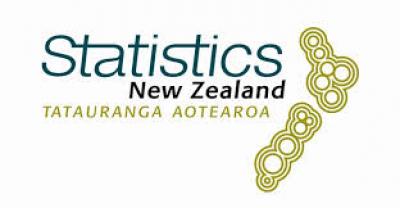StatisticsNew Zealand, 9 March 2016 - Eleven of 15 regional economies in New Zealand increased in the latest regional GDP figures from Statistics New Zealand.
Provisional estimates for the year ended March 2015 were released today. They show Auckland and Canterbury had the largest increases in nominal value (today’s dollars and unadjusted for inflation) in gross domestic product by region.
Auckland’s GDP increased $5.7 billion (6.9 percent), Canterbury’s $2.3 billion (7.3 percent), and Wellington’s $1.2 billion (3.7 percent). The national increase was $8.7 billion (3.7 percent).
“The large increase in Auckland reflects strong performances in construction, transport, and finance,” senior national accounts manager Susan Hollows said.
“Canterbury’s increase is associated with the Christchurch rebuild, which offset a decline in agricultural activity.”
Decreases were recorded in Southland, at $0.5 billion (9.9 percent), Waikato, at $0.4 billion (2.2 percent), Taranaki, at $0.3 billion (3.3 percent), and the West Coast, at $0.1 billion (5.0 percent). These decreases reflected a fall in agricultural activity.
Taranaki had the highest GDP per capita ($75,941), followed by Wellington ($65,974) and Auckland ($56,997). The Northland region had the lowest GDP per capita ($35,103). The national average was $52,953.
New Zealand’s total GDP was $241.2 billion for the year ended March 2015. The North Island contributed 76.7 percent to total GDP, and the South Island 23.3 percent.
Auckland’s contribution to total GDP for the year ended March 2015 was 36.6 percent. Canterbury contributed 13.6 percent, with Wellington narrowly behind at 13.5 percent. The smallest contribution was from the West Coast region (0.7 percent).
New Zealand's regional economies 2015 visually presents the key measures of the 15 regional economies.
Regional GDP data will also be published this afternoon in the Ministry of Business, Innovation and Employment (MBIE) Regional Economic Activity Report mobile app and web tool. MBIE will use Statistics NZ’s published machine-readable CSV file to update the report. This shows how government departments are working together to make data easily accessible across more channels.





